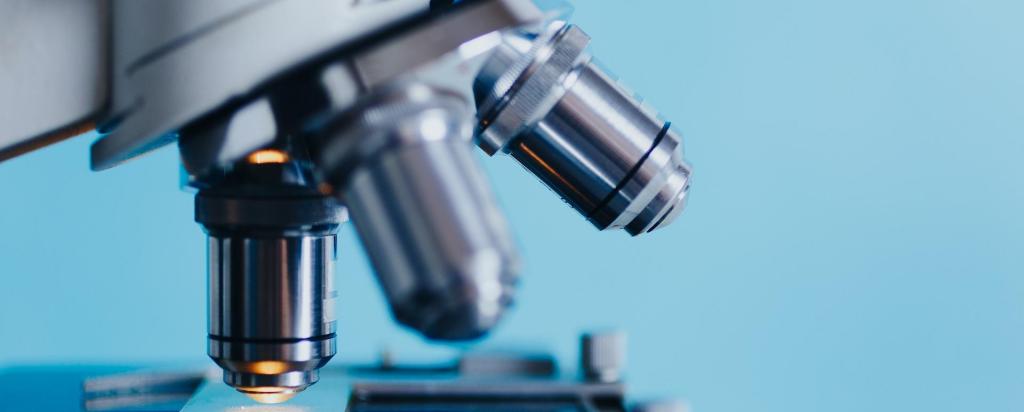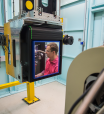ANSTO Nuclear Medicine Project
An investment that will secure the long term sustainability of nuclear medicine supply in Australia.

Showing 21 - 40 of 55 results
An investment that will secure the long term sustainability of nuclear medicine supply in Australia.
Director of the Australian Synchrotron Prof Andrew Peele has been appointed to Australian Mathematical Sciences Board.

Dr Jian is involved in the study of accelerator optics and ion beam control, Ione beam interaction with different materials, IBA techniques and applications.

A world-class national research facility that uses accelerator technology to produce a powerful source of light-X rays and infrared radiation a million times brighter than the sun.


The Panel Pledge aims to increase the visibility and contribution of women and diverse leaders in public and professional forums.
ANSTO is coordinating and facilitating the calling of pre-concept papers for the next cycle of technical cooperative project proposals under the Regional Cooperative Agreement for Research, Development and Training Related to Nuclear Science and Technology for Asia and the Pacific (RCA) | IAEA

The Medium Energy- X-ray Absorption Spectroscopy beamlines will provide access to XANES and EXAFS data from a bending magnet source, optimised for cutting-edge applications in biological, agricultural and environmental science in an energy range that is not currently available at the Australia Synchrotron.
The X-ray Fluorescence Nanoprobe beamline undertakes high-resolution X-ray microspectroscopy, elemental mapping and coherent diffraction imaging – providing a unique facility capable of spectroscopic and full-field imaging. Elemental mapping and XANES studies will be possible at sub-100 nm resolution, with structural features able to be studied down to 15 nm using scanning X-ray diffraction microscopy.
Archive of ANSTO research publications, seminars and short talks.

Radioisotopes are widely used in medicine, industry, and scientific research. New applications for radioisotopes are constantly being developed.
The mechanical, electrical, chemical, optical and thermal properties of glass, as determined by its chemical composition and atomic structure, make it a highly useful material with a myriad of applications.


The High Performance Macromolecular Crystallography beamline will enable the study of very small (sub-5 micrometre) or weakly diffracting crystals, providing a state-of-the-art high-throughput facility for researchers. MX3 will be able to study the structures of large proteins and protein complexes for virology, drug design and industrial applications via goniometer mounted crystals, in-tray screening, or via serial crystallography methods.
